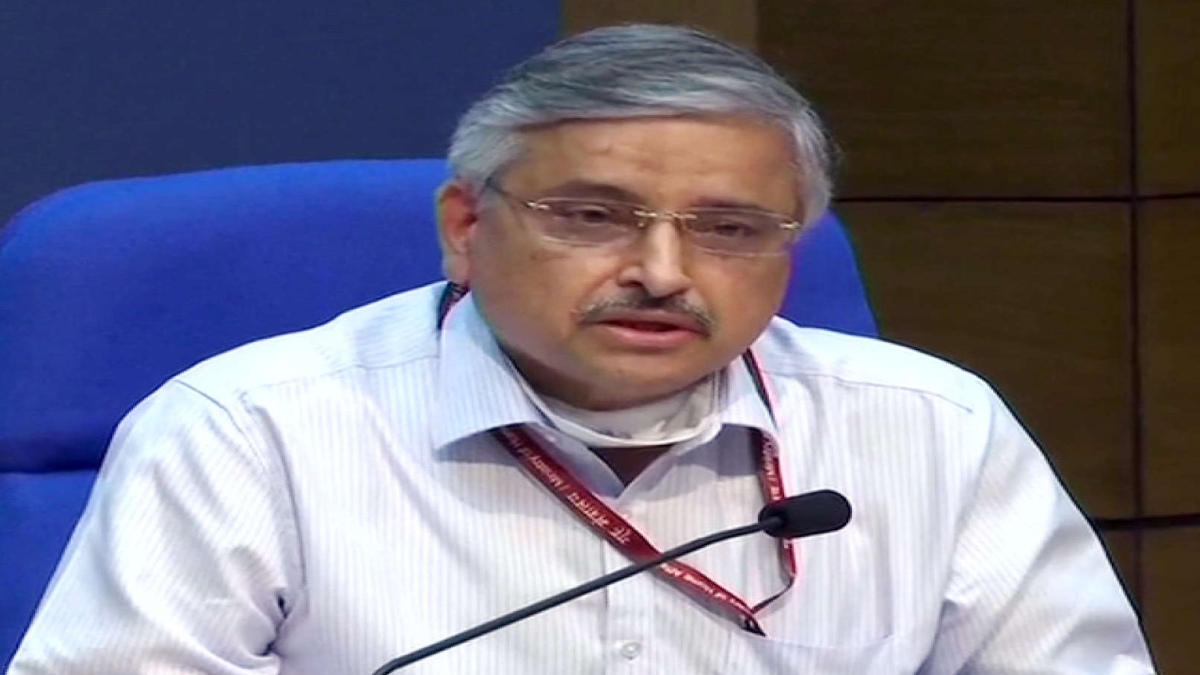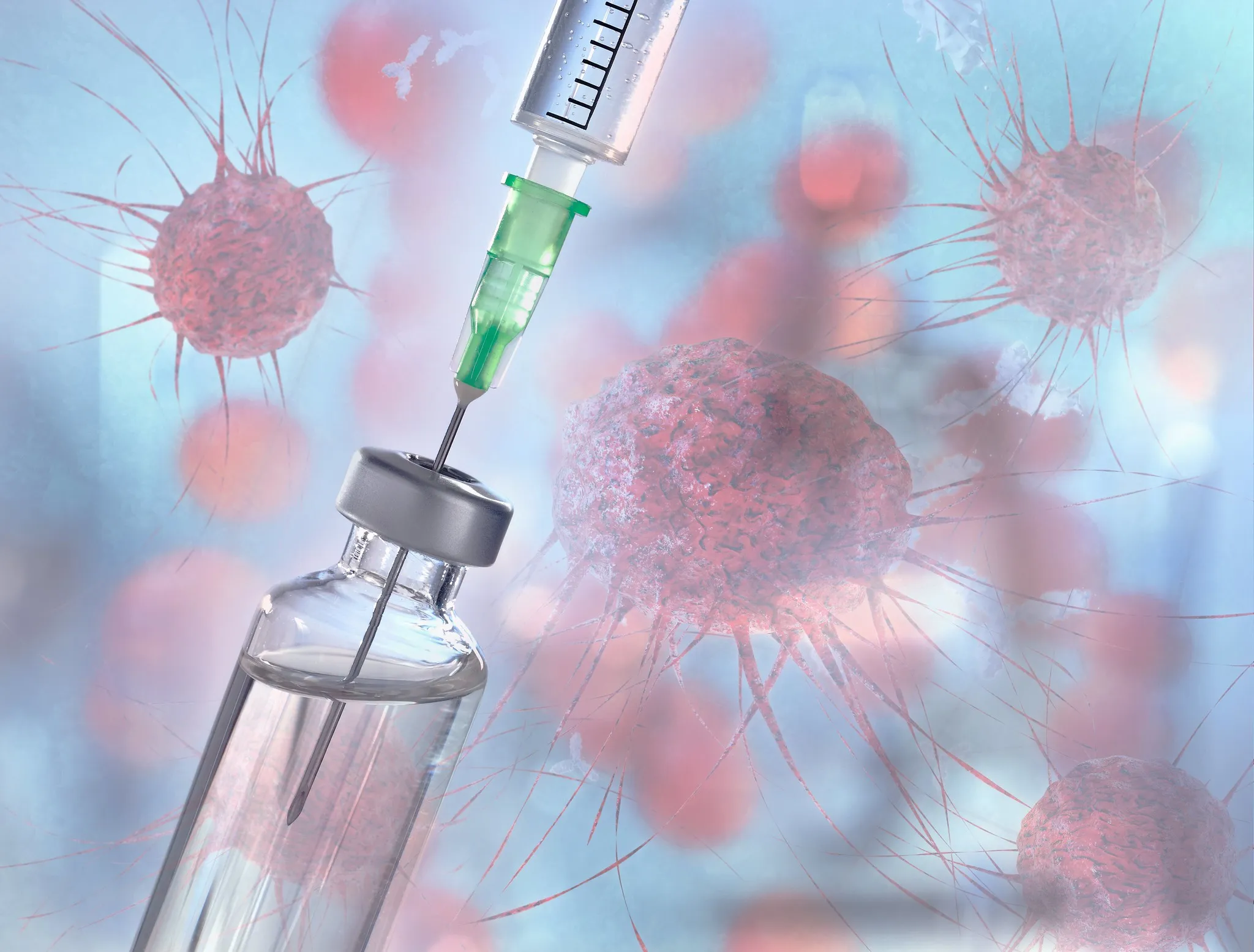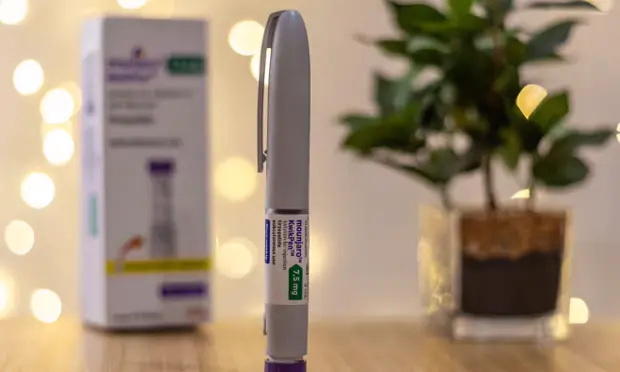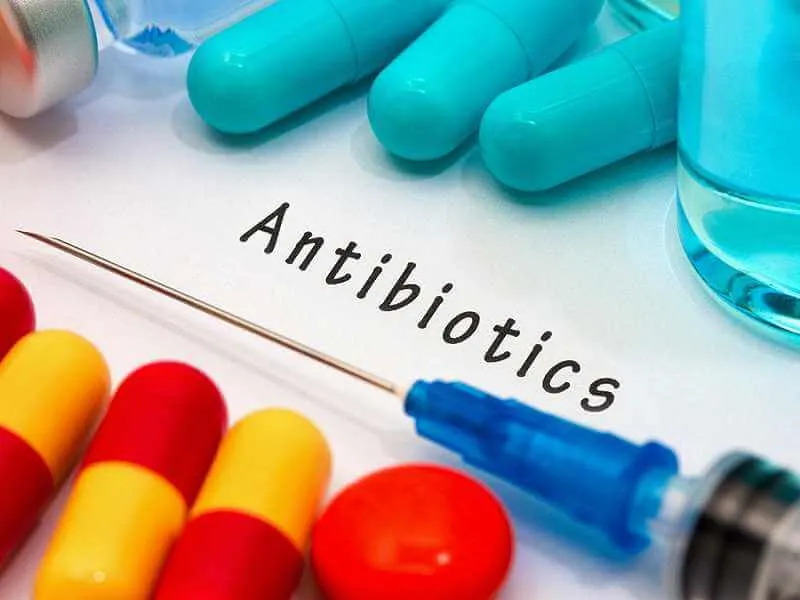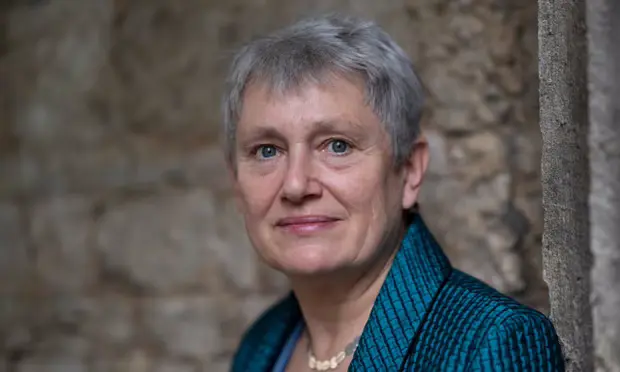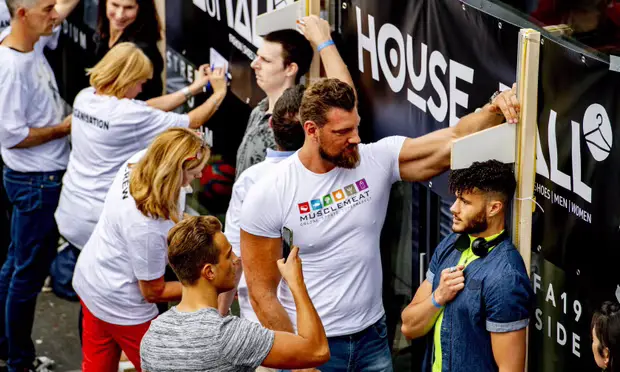In an exclusive interview with The Sunday Guardian, Dr Randeep Guleria, Director of the All India Institute of Medical Sciences (AIIMS), explained the reasons behind the recent record surge in Covid-19 cases, the susceptibility of youngsters and people with comorbidities, and how the infection can be tackled by a combination of isolating and treating patients and vaccinating others.

 An artist makes a mural of Monalisa wearing a face mask to spread awareness for the prevention of the coronavirus in Mumbai on Thursday. (ANI Photo)
An artist makes a mural of Monalisa wearing a face mask to spread awareness for the prevention of the coronavirus in Mumbai on Thursday. (ANI Photo)
Q: Why is the second wave of Covid-19 in India progressing so quickly and why is it targeting so many people?
A: One of the two main reasons for this is that when cases started decreasing and the vaccines started rolling out in January and February, people thought that Covid has ended and ignored Covid-appropriate behaviour like wearing masks and socially distancing. As a result, the virus got another chance to spread. Secondly, the mutant viruses, especially the UK mutant, are more infectious and spreading faster than the previous one. We can see that the spike is very steep and cases are increasing at a very fast pace as we have now crossed an average of 1.5 lakh cases per day.
Q: When talking about specific mutants, like the UK variant, why are they spreading more in metropolitan cities?
A: The coronavirus is a respiratory virus that spreads through droplet infections. Wherever the population density is greater, like in metropolitan areas, urban slums or metro stations, the virus spreads faster. An asymptomatic person can also cause infections when present in a crowd. Moreover, in rural areas, the air is fresh and people tend to stay outdoors and maintain social distancing due to which the virus cannot survive for long in the environment.
Q: Keeping in mind the pace of the spread of the virus, do you think we need to make some changes in the guidelines?
A: We don’t need to change the guidelines, but need to follow them strictly. We have been testing, tracking, treating and isolating. If there is a Covid-positive case in the family, we need to isolate the patient. If they cannot be isolated, admit them to a Covid care centre so they don’t spread infections in their area. We have to see where the most cases are being reported from and divide areas into red, orange and green zones, just like we did before. The more the cases, the more the people will fall ill and need ICUs and hospital beds.
Q: More youngsters are getting affected by the infection this time. What should we do in this situation?
A: This time, cases in the younger age group are comparatively higher. This is because we saved children from the infection last time but just as we became more casual and ignored Covid-appropriate behaviour later, they got exposed to the virus immediately. Secondly, the younger age group thinks that the disease is not as severe in their age group and so they need not worry due to which they have started partying and clubbing again. However, if they are infected and unaware about it, they may spread the infection to more friends and colleagues.
Q: How can we protect kids?
A: Since the vaccine has still not been approved for kids, we need to take precautions just as we did before. Avoid crowds and non-essential activities, wash hands properly and wear masks when going out. We have started behaving casually and the virus has grown more infectious, due to which entire families are getting infected together.
Q: What is the reason for the increased mortality rate this time?
A: Last time we assumed, and the figures also showed, that the death rate is low. This time, as the cases increase, the death rate is also increasing. When a person gets infected, they go home and infect their family as well. In case any of them has a comorbidity, it may get more serious and hence chances of mortality are greater. Many people are not taking the infection seriously and visiting hospitals only when it gets serious. This is causing a delay in treatment and getting medicines, hence increasing the risk of death.
Q: Do you think a second lockdown is a solution?
A: Weekend lockdowns are okay but we need to take aggressive action. We have to contain the areas reporting the most number of Covid cases and test and treat the people in those areas. Also, we need to keep a check on travel because people travelling from red to green zones can spread infections.
Q: People, including many doctors, are getting infected after taking the second dose of the vaccine. What is the reason behind this?
A: First of all, we need to understand the purpose of the vaccine. After we receive the vaccine, we will not catch the disease even after getting the infection. Catching an infection means coming in contact with a Covid-positive person, when the virus may enter our nostrils and throat. But since we are vaccinated, the antibodies in our body will not allow the virus to spread further in our body. Therefore, we need to follow Covid-appropriate behaviour as the vaccines may save us from serious illness, but we are still able to spread the infection among others who are not vaccinated.
Q: We talked to a lot of professionals about the lack of antibodies in many people, even after vaccination. What is the reason for this?
A: Nowadays, we test upon G-antibodies, whereas we need to look for neutralizing antibodies. Cell-mediated immunity is long-lasting immunity created by the vaccine. There is another cell called the T-cell, that is also called a memory cell, which starts creating antibodies once exposed to the virus. Looking for antibody creation after vaccination is one thing but there are a lot of things apart from it like cell-mediated immunity and T-cell immunity. Research is being conducted for a booster dose vaccine which might be needed after 1.5 years.
Q: If someone receives Covishield, can the person receive Covaxin or other vaccine?
A: Right now, that is not possible due to a lack of stock of vaccines, but once everyone gets all the doses of the vaccines, we will see if we can inoculate people with a third dose as well. Some studies are being conducted upon the mixing of the vaccines and whether that will create more immunity. Until now, only a single dose was being administered during the vaccine trials.
Q: Do you think we should reduce the age limit for inoculation in view of the increasing Covid cases?
A: When talking about the vaccine, the first criterion is to reduce the mortality rate. Thus, we started by vaccinating people above 60 years of age as they are at the highest risk. Then we came down to people 45 years of age with comorbidities and covered healthcare workers and frontline workers, also to ensure that the healthcare system remains efficient. After this we have to vaccinate people who are of lower priority. But if we open vaccinations for all, we won’t be able to cover everybody because we will need a minimum of 2 billion doses to vaccinate a population of over 1 billion in our country. And if we inoculate people in the age group of 25-45 years and have no doses for people above 60, it will increase the risk factor for the country. Thus, we need to balance out the vaccine doses among the population.
Q: A lot of states are reporting a lack of vaccine doses. Many people could not get the second dose. How can we deal with this?
A: This issue is arising due to a supply-demand issue and it is not a matter of a lack of doses. Also take into account the eligibility of the people taking the doses. If at a centre, 50-75 people are visiting, we keep a record of those people and maintain the chain. But if 500 people arrive suddenly at the same centre on a given day, the chain cannot be scaled. At first, there was vaccine hesitancy but due to the sudden spike in cases, people started crowding immediately at the centres. It can so happen that if there is vaccine hesitancy at some place, we can move the surplus vaccines from there to a place with higher demand.
Q: How can vaccine wastage be controlled?
A: Vaccine is supplied in vials. A vial contains 10-20 doses. This means that we need to use all the doses when a vial is opened. Each vaccination centre needs to make a strategy and check if there are people waiting for doses before opening a vial.
Q: Do you think people need to get some tests done before receiving the first dose of the vaccine?
A: Many people tend to get their blood tests done, take Crocin and anti-allergy medicines, which are not at all needed. No tests need to be done before getting inoculated. Even if you get any side-effects after the vaccines, they can be treated. The side-effects are not major and are usually treatable.
Q: How can people with cardiac disease, high blood pressure, diabetes or any such issues take care of themselves?
A: 80% of such people are above the age of 45 and should get vaccinated quickly as these people may get severe Covid. Also, they should follow Covid-appropriate behaviour and avoid crowded places. Also, they should take proper precautions at home like maintaining hygiene and maintaining distance from people with possible symptoms of Covid.
Q: When will the curve flatten? What would you say about the future possibilities of the disease?
A: The curve may not flatten in the upcoming days and it is difficult to say anything about the future. It completely depends upon us. If we follow Covid-appropriate behaviour, work from home and avoid going to public places, cases may reduce. 80% of people in India are still susceptible to the infection. The fight against Covid can only be won with the active participation of people. If we stop the droplet infection by maintaining social distancing, wearing masks, sanitising and washing hands, we can stop cases from increasing. Thus, everyone must take precautions.
Q: When is the Remdesivir injection needed and how does it work?
A: The timing of a drug is very necessary to be taken care of. Remdesivir is anti-viral but has not shown reduced mortality rates till now. It does reduce hospital admission. It only works when you have a moderate illness and your oxygen saturation is reducing, fever is high or there is a patch in the X-ray or CT Scan. In later stages, Remdesivir does not work. A treatment strategy needs to be implemented.
Q: As hospitals do not have enough beds, how can one treat Covid at home?
A: First, we need to check if the person has a home isolation facility or not. If not, they should be sent to a Covid care centre. Next, see the condition of the patient. Does the person need hospitalization, what are his/her symptoms, and do they have any comorbidities? The government has demonstrated the process of home isolation already. 85%-90% people catch mild symptoms of Covid and can be treated at home. Only 10%-15% of people need to get hospitalised and out of them, only 5% need to get admitted to the ICU. Thus, many can treat themselves at home.
Q: What last message do you want to give?
A: The fight against Covid is not yet over and we have to fight it together. Covid-appropriate behaviour is very necessary in this pandemic. The vaccine is a great weapon against this virus and it will assist us in this fight. If we use both these weapons together, we will get rid of this pandemic quickly.

